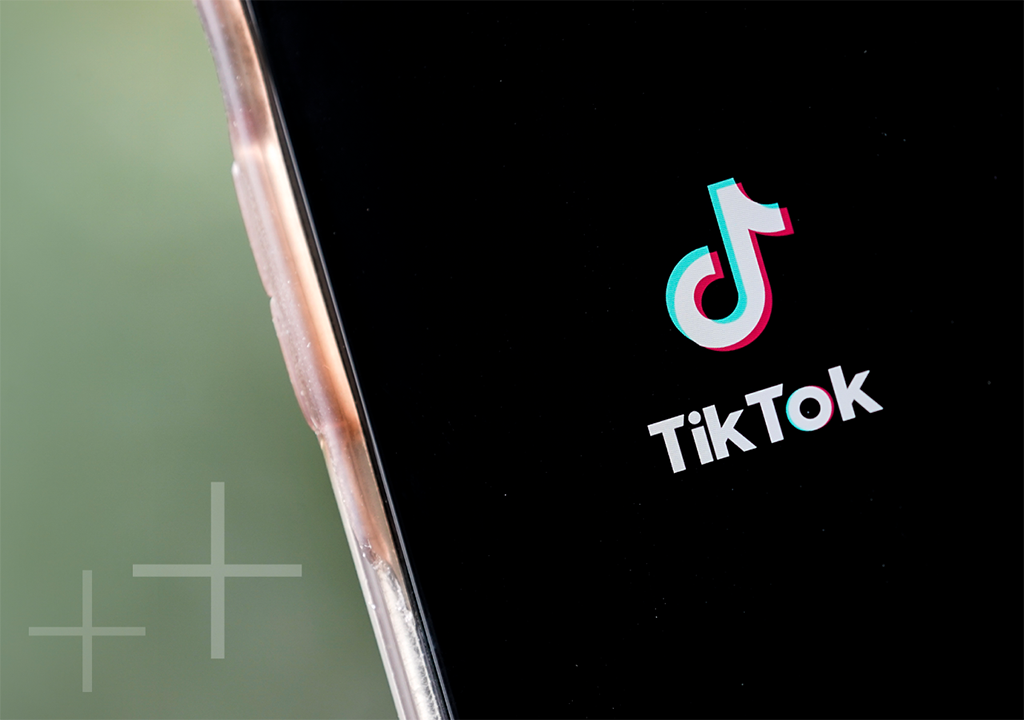7 digital health trends that will dominate the world in 2021

Digital health has the potential to dramatically improve healthcare services, but until recently it was not really a priority for investors. If anything positive has come out of the coronavirus pandemic, it’s that it’s opened up a new opportunity to rethink the way we think about healthcare, from telemedicine to research and from data to collaboration. As former British Prime Minister Winston Churchill said, “Never let a good crisis go to waste.
Here are some of the top eHealth trends that we think will dominate in 2021.
1. The rise of telemedicine
Telemedicine, or the practice of clinicians seeing patients virtually rather than in physical offices and hospitals, has increased dramatically during the pandemic as populations around the world have limited physical encounters. This practice has demonstrated that remote consultations are not only possible, but also easy and often preferable.
Some experts say this is just the beginning and soon the scale of telemedicine will increase.
“It’s about a wider range of care and new patient groups,” Nasim Farrokhnia, president of Sweden’s eHealth doctors, said in a recent German-Swedish HealthTech Eventwhich is part of the German-Swedish Innovation Partnership which currently focuses on the exchange of ideas between startups and companies in the field of digital health.
“We’ll see [this trend move to] our clinicians and physicians beyond our front line of primary care clinics to include specialty care,” said Farrokhnia. This includes “other health professionals such as nurses, midwives, nutritionists, and not to mention all the good work our psychologists have done in dealing with mental health issues.”
Besides remote consultations, experts say we are already seeing increased use of home medical devices, such as remote monitoring of cancer patients through the increased use of sensors.
2. Virtual reality in the healthcare market
Global VR Digital Health Market Expected to Grow to Reach $2.4 billion by 2026, due to its potential to eliminate the need for certain medications or surgical procedures. VR technology is currently being used to treat chronic pain, anxiety, and post-traumatic stress disorder.
3. National digital health portals and the big data that comes with them
Countries around the world are working on more comprehensive and accessible electronic health records. Sweden has already understood this. In Sweden, all citizens and residents have a personal identification number, known as the Swedish PIN, which is used for all health documents. Researchers who have access to these digital health portals can revel in a treasure trove of data.
At the height of the pandemic, Sweden set up an intensive care registry to collect data on coronavirus cases that end up in Swedish intensive care units.
“It allowed us to follow the development of the corona crisis in society, and it was used almost daily to inform the people of the country about the development of the crisis,” said Annemieke Ålenius, director of the Agency. Swedish eHealth. “All prescriptions and shipments are electronic, making it easy to track drug inventory.
Generally, having access to a unified patient record system has many benefits, including lower rates of medication errors, easier preventive care, and more accurate staffing.
4. The power of AI and digital health
Artificial intelligence will play a major role in the digital transformation of healthcare. In fact, the AI healthcare market is expected to exceed $34 billion by 2025.
By now, most patients have probably interacted with or heard of some form of AI, such as the PARO Robotic Joint for patients with dementia, or chatbots that offer services ranging from customer service to therapy. But the future of AI lies in precision medicine, genomics, drug discovery and medical imaging. Take cancer treatments, for example. Using AI pattern recognition, doctors can prescribe personalized treatment plans tailored to a patient’s genetic makeup and lifestyle.
Additionally, pharmaceutical and biotech companies are using machine learning algorithms in order to shorten the drug development cycle. And just recently, researchers in the United States have developed an AI that accurately recognizes and diagnoses COVID-19, even in asymptomatic patients, just by the cough sound.
Overall, the global AI in healthcare diagnostics market was valued at nearly US$3.7 billion in 2019, and it is expected to reach nearly US$67 billion by 2027, and startups around the world are already jumping at the chance to create the next disruptive piece. health technology.
5. Cross-Border Digital Health Collaboration
The pandemic has shown that countries face similar health challenges, not only in relation to the coronavirus, but also in terms of providing effective and good quality care to those in need, such as demographic changes and the rise in the number of chronically ill people, according to Julia Hagen, director of regulation and policy at the Health Innovation Hub in Germany.
“It’s a good reminder that we really need to build a European digital health ecosystem together,” she told TNW, pointing out that the partnership between Sweden and Germany should serve as an example to the rest of the European Union.
“We are in the same boat. The whole world is in the same boat,” confirmed Ålenius. “We depend on each other, we can learn from each other, we can exchange data and create different types of dashboards to understand which countries are having problems at the moment. But also show the importance of working together to manage cybersecurity. We have to be very careful with the data we process.
6. Applications, portable devices and self-monitoring solutions
During the event, Patrik Sundström, head of digital health at the Swedish Association of Local Authorities and Regions, noted that vendors are accelerating self-monitoring solutions for patients with chronic conditions, which has the potential to save money because the management and treatment of chronic diseases represents approximately 80% of health care cost.
Self-monitoring apps come in many forms, but the ones seeing promising comebacks are wearables, a market that is expected to grow to more than $27 million in 2023up from $8 million in 2017. From heart rate sensors and exercise trackers to sweat meters that help diabetics monitor blood sugar levels and oximeters that monitor the amount of oxygen in the blood to respiratory patients, the wearable market enables people to take charge of their own health care.
In Germany, it is promised that apps that put care in the hands of patients can be covered by health insurance. The country has passed its Digital Care Act in November 2019, giving doctors the ability to prescribe medical apps – like Kalmedabehavioral therapy based on guidelines for chronic tinnitus exposure – which public health insurance will reimburse.
7. Digital health hubs and startup ecosystems
“Innovation and growth happens much faster in places where you have critical mass and access to key players, from investors to partners,” said Paul Beatus, CEO and co-founder of H2 Health Hub, a digital health coworking space in Stockholm. “In places like hubs, you also have the opportunity to build relationships and bond.”
Beatus said his company looks to startups for the most innovative digital solutions.
“In most countries, there is no established process for how to buy, implement and evaluate digital health technologies on a larger scale,” he said. “We find that the true subject matter experts are the startups that successfully navigate systems and implement digital solutions to good effect.”
Germany and Sweden are well known for hosting digital health centers that are showing great results. For example, the Digital Health Hub in Nuremberg/Erlangen has incredibly fertile ground for bringing new innovations to market, with more than 500 medical technology companies, SMEs and global players, 65 hospitals, 80 research institutes and Friedrich Alexander University.
If there was ever a time to invest in digital health, it’s now. The momentum is there to use technology to collaborate with other innovators and improve products and services in the digital health space, improving the lives of millions of people.





